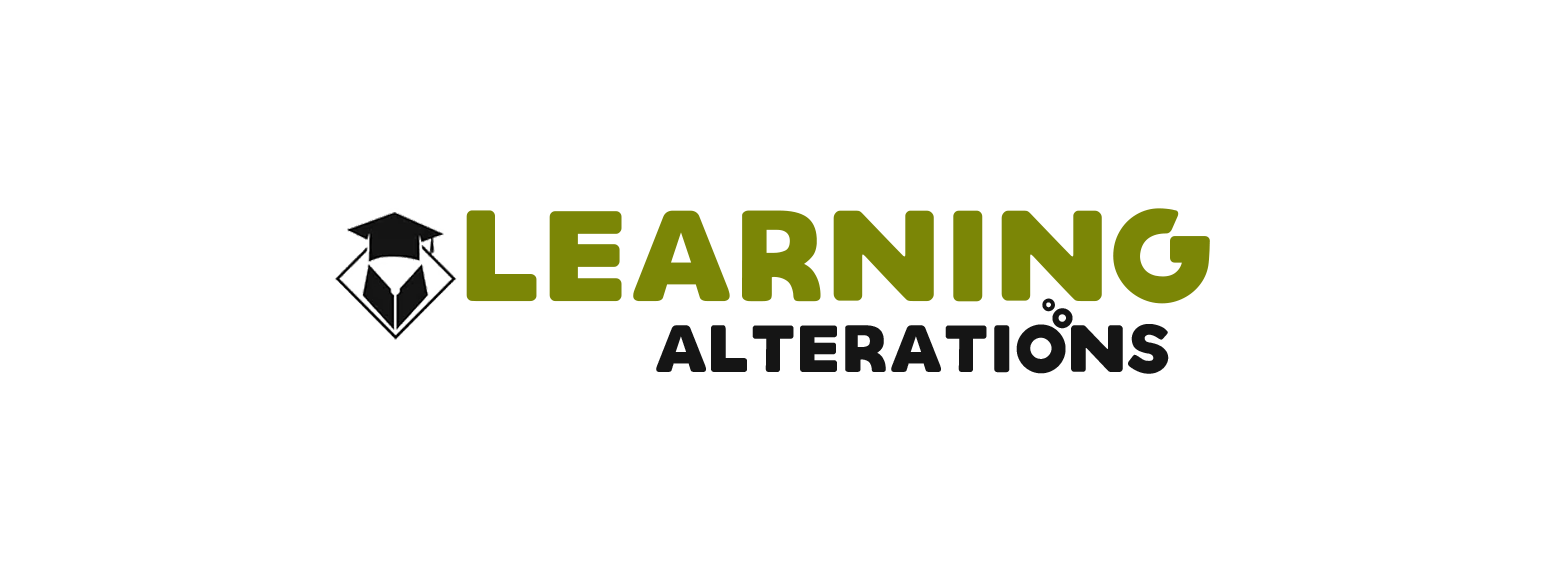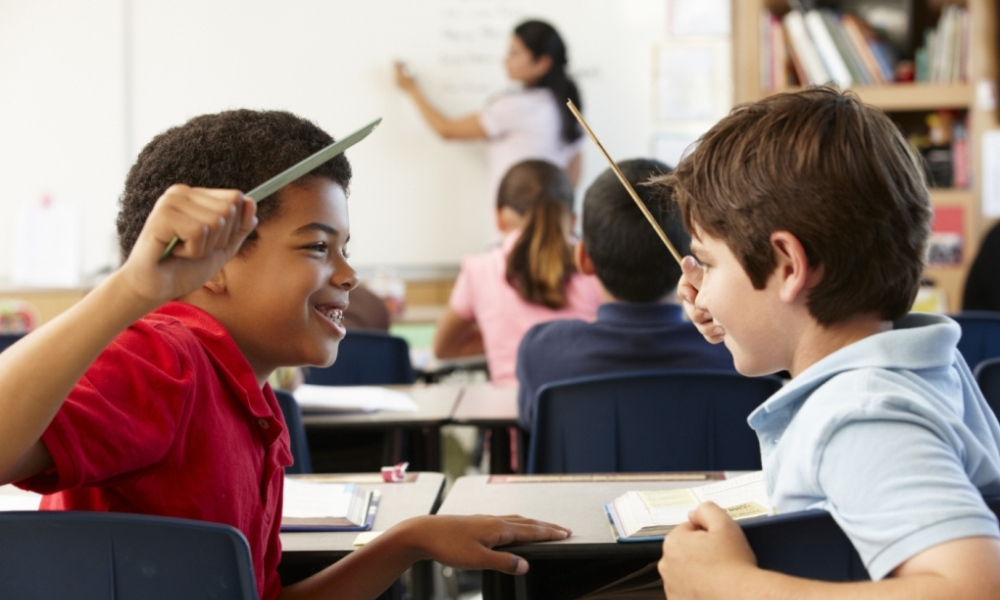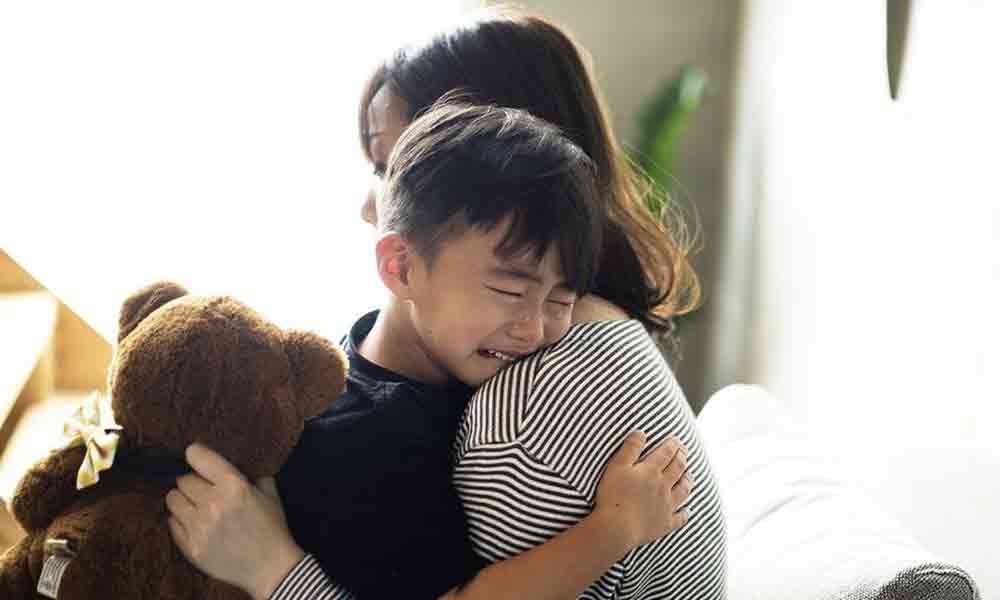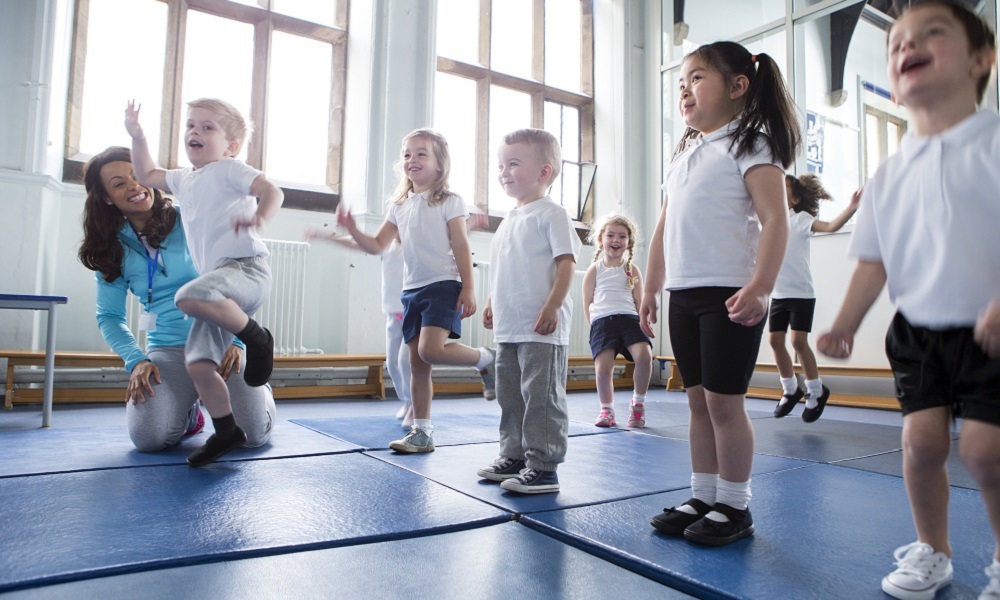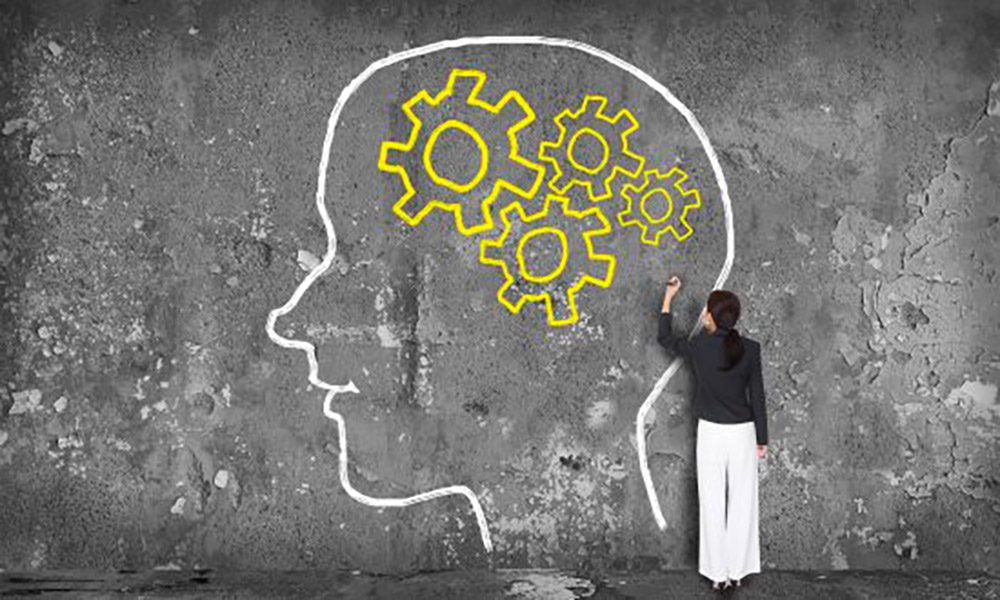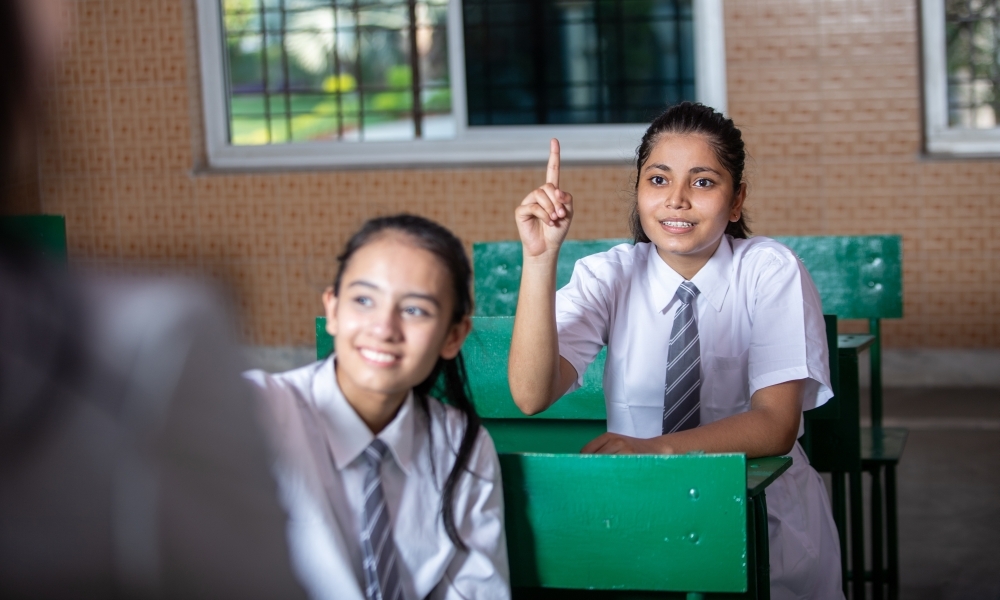Positive reinforcement is a powerful tool that can be used in the classroom to motivate students, build their confidence, and promote positive behavior. Unlike punishment, which focuses on what students are doing wrong, positive reinforcement focuses on what they are doing right, and rewards them for it.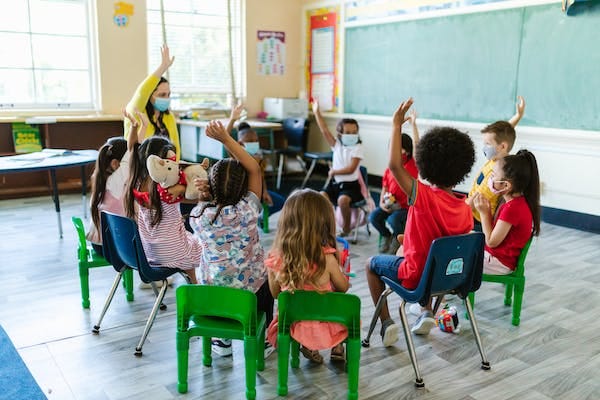
What is Positive Reinforcement?
Positive reinforcement is the process of rewarding students for their positive behavior. It involves providing students with something they want or enjoy, such as praise, a sticker, or extra free time, when they demonstrate positive behavior.
Positive reinforcement works by reinforcing the behavior you want to see more of. For example, if you want your students to participate more in class, you might give them a reward for speaking up and answering questions.
Why is Positive Reinforcement Effective?
Positive reinforcement is effective for several reasons. First, it promotes positive behavior by rewarding students for doing the right thing. This helps to build their confidence and encourages them to continue behaving in a positive way.
Second, positive reinforcement helps to create a positive classroom environment. When students are rewarded for positive behavior, they are more likely to feel valued and respected. This can lead to a more positive classroom culture, where students feel safe and motivated to learn.
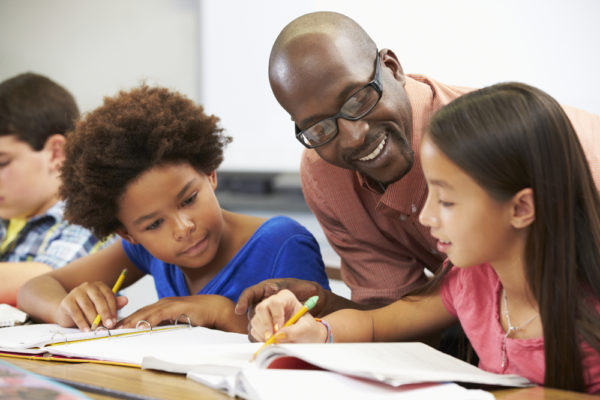
How to Use Positive Reinforcement in the Classroom
There are many ways to use positive reinforcement in the classroom. Here are some ideas:
- Provide verbal praise: When a student does something positive, such as completing their homework on time, provide verbal praise, such as “Great job!” or “Well done!”
- Give tangible rewards: Provide students with tangible rewards, such as stickers, pencils, or small toys, when they demonstrate positive behavior.
- Offer extra free time: Give students extra free time as a reward for positive behavior. This can be used as a motivator for students to complete their work on time and behave appropriately in class.
- Use a positive behavior chart: Create a chart that tracks students’ positive behavior, and provide rewards when they reach certain milestones.
Positive reinforcement is a powerful tool that can be used to promote positive behavior and motivation in the classroom. By focusing on what students are doing right, and rewarding them for it, teachers can create a positive classroom environment that encourages learning and growth.
